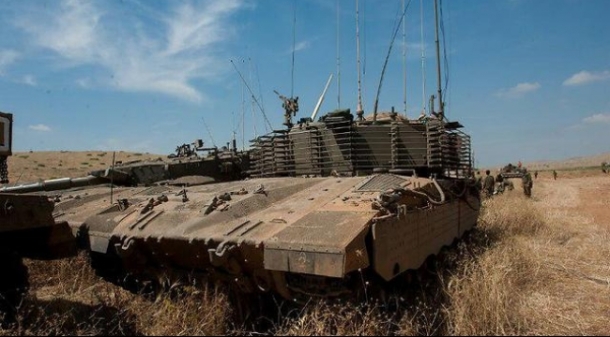The current version of it was presented on the Defence & Security 2015 military exhibition in Thailand.
| The Black Widow Spider |
A number of photographs of the vehicle were already shown on the internet several weeks before the 2015 exhibition. An earlier prototype was presented in 2013, which however was lacking a lot of the features of the current Black Widow Spider, such as the composite armor, the unmanned turret, the splash guard and the propeller blades for amphibious operations.
| Older prototype of the Black Widow Spider seeing earlier this year |
| Side view of the Black Widow Spider |
| The seats for the dismounts are not attached to the floor, which increases survivability against mines |
The battlefield management system (BMS) of the Black Widow Spider is made by ST Kinetics of Singapore. The composite armor used on the current version of the vehicle (previous prototypes lacked any sort of composite amor) is supplied by the Israel Military Industries (IMI). When fitted with the composite armor from IMI, the Black Widow Spider is protected against 14.5 mm armor-piercing (AP) ammunition in accordance with the NATO STANAG standard 4569. The gun used on the prototype IFV version is like the BMS also manufactured by ST Kinetics.
| The battlefield management system in the BWS |
The Black Widow Spider is the result of the Wheeled Armoured Vehicle Research and Development Project using the technical abilites and knowledge of the Thai army, the private industry and a number of research institutes in Thailand. The vehicle is an attempt of being less reliant on foreign manufacturers, which have shown to be problematic in some cases (such as the delivery of Ukrainian armor being troubled due to the conflict in the East-Ukraine).
Apparently no official requirement and order was made by the Thai army yet, but this might change after the Black Widow Spider went through field trials.
